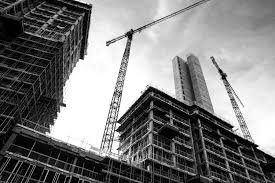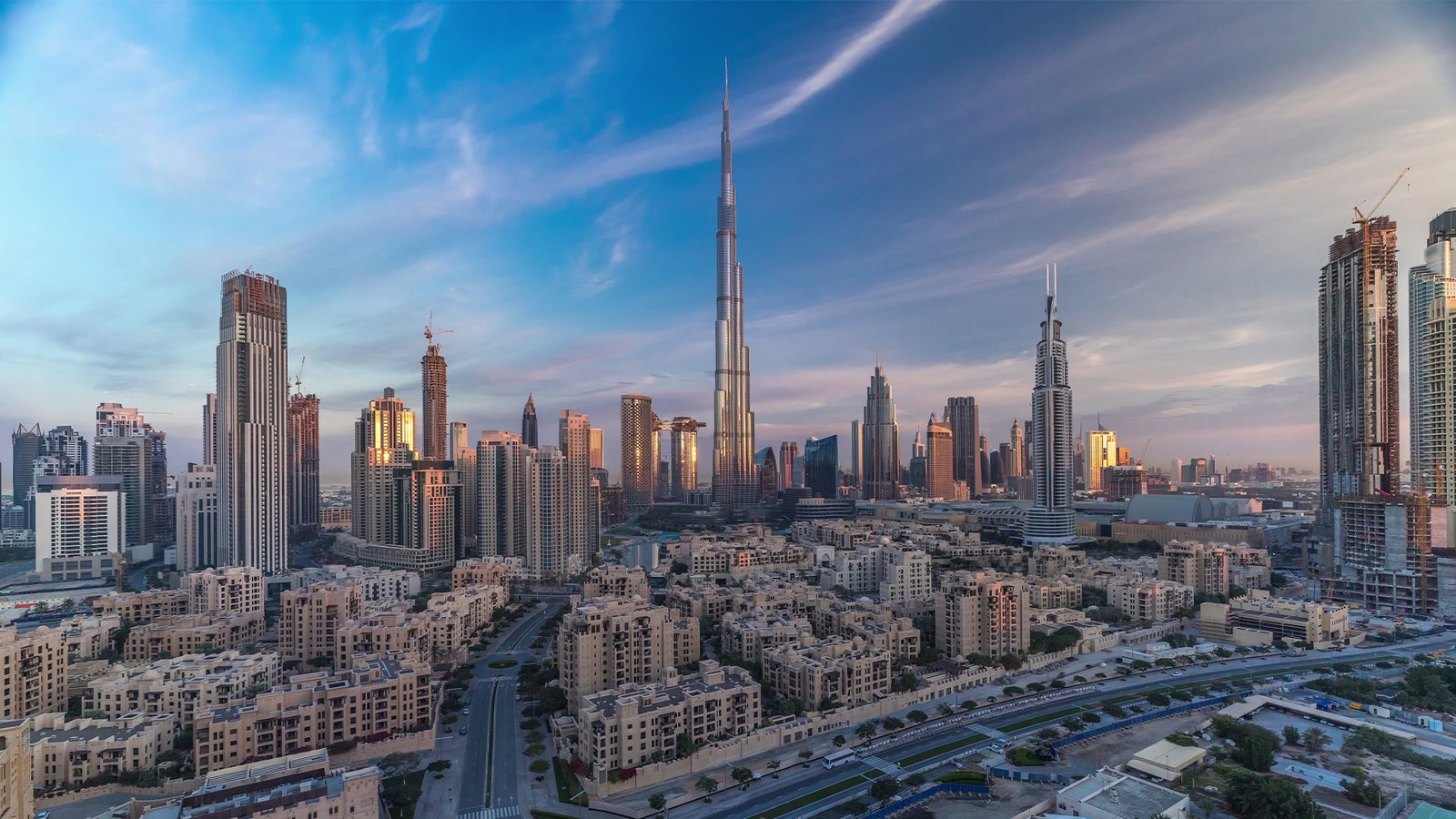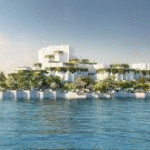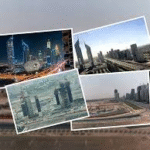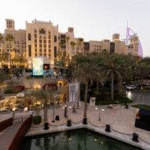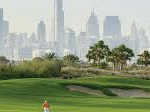Now Reading: Wellness-Focused Communities in Dubai: Transforming for Ideal Living
-
01
Wellness-Focused Communities in Dubai: Transforming for Ideal Living
Wellness-Focused Communities in Dubai: Transforming for Ideal Living

Table of Contents
Dubai, a city synonymous with luxury and innovation, is undergoing a profound transformation in its urban planning, with a significant shift towards the development of wellness-focused communities. This burgeoning trend, gaining unprecedented traction in mid-2025, reflects a global paradigm shift towards holistic well-being, amplified by post-pandemic health awareness, an affluent demographic seeking an elevated lifestyle, and strategic government initiatives aimed at fostering happiness and quality of life. These integrated communities are meticulously designed to promote physical, mental, and social health, offering residents not just homes, but a comprehensive ecosystem for a balanced and fulfilling life.
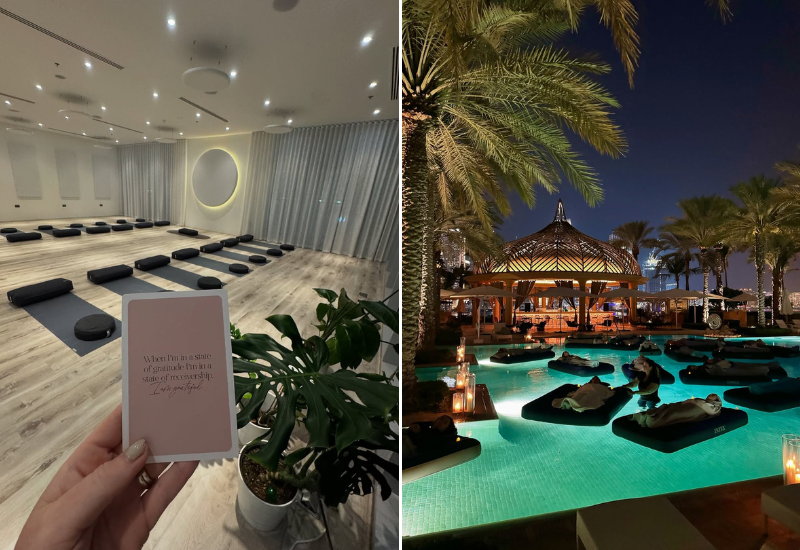
Defining a Wellness-Focused Community in Dubai
A wellness-focused community in Dubai is far more than just a residential area with a gym or a park. It is a master-planned environment where every aspect of design, infrastructure, and amenities is geared towards enhancing the holistic well-being of its residents. Key defining characteristics include:
- Holistic Design Philosophy: These communities seamlessly integrate natural elements, sustainable practices, and thoughtful architectural design to create aesthetically pleasing and health-promoting environments. This includes biophilic design (connecting with nature), optimized airflow, and abundant natural light.
- Integrated Amenities: Beyond standard recreational facilities, they offer a curated suite of wellness-specific amenities such as dedicated yoga studios, meditation zones, organic food markets, healthy dining options, and specialized wellness clinics.
- Green Infrastructure: Extensive green spaces, lush parks, walking trails, cycling tracks, and serene natural landscapes are central to their design, encouraging outdoor activity and providing spaces for relaxation and mindfulness.
- Smart Technology Integration: Advanced smart home systems, often incorporating air quality sensors, circadian lighting, and water purification systems, enable residents to actively monitor and control elements that impact their health.
- Community and Social Connection: These developments foster a strong sense of community through shared spaces, communal gardens, social clubs, and curated events that encourage interaction and reduce urban isolation.
- Sustainability at Core: Sustainability is not an afterthought but a foundational principle, with eco-friendly materials, energy-efficient systems, and water conservation technologies reducing environmental impact while enhancing resident well-being.
- Accessibility and Walkability: Emphasis is placed on creating pedestrian-friendly environments with reduced reliance on vehicles, promoting active mobility.
Why the Surge in Popularity?
Several compelling factors are driving the rise of wellness communities in Dubai:
- Post-Pandemic Health Awareness: The global pandemic significantly heightened public consciousness regarding physical and mental health. Individuals are now actively seeking living environments that support and enhance their well-being, leading to a surge in demand for homes that offer more than just shelter.
- Affluent and Health-Conscious Demographic: Dubai attracts a diverse, affluent, and increasingly health-conscious expatriate and local population. This demographic is willing to invest in lifestyles that prioritize wellness, seeing it as a crucial component of modern luxury.
- Urban Stress and Burnout: As a bustling global city, Dubai’s fast-paced urban life can lead to stress and burnout. Wellness communities offer a much-needed respite, providing peaceful, rejuvenating environments away from the city’s hustle.
- Government Support for Well-being: The UAE government, particularly in Dubai, has actively promoted health, happiness, and quality of life through strategic initiatives. The Dubai 2040 Urban Master Plan, for instance, emphasizes green spaces, eco-friendly living, and enhanced public realm, aligning perfectly with the ethos of wellness communities. Initiatives like the annual Dubai Fitness Challenge further embed wellness into the city’s identity.
- Increased Demand from Expats and Investors: Expats seeking a holistic lifestyle and investors recognizing the long-term value and high appeal of such developments are drawn to these communities. They offer a unique blend of comfort, health, sustainability, and potentially higher property values due to their specialized offerings.
- Diversification of Real Estate Offerings: Developers are responding to evolving consumer demands, moving beyond traditional luxury to incorporate wellness as a core value proposition, providing a competitive edge in a dynamic market.
Key Features and Amenities in Detail
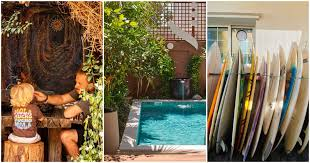
Wellness-focused communities in Dubai are distinguished by their comprehensive approach to amenities:
- Expansive Green Spaces: Beyond manicured lawns, these include biodiverse parks, community farms for organic produce, shaded walking and jogging trails, and designated areas for outdoor yoga and meditation. Examples include The Sustainable City’s “Green Spine” and Tilal Al Ghaf’s extensive parkland and lagoons.
- State-of-the-Art Fitness Facilities: Modern gyms with advanced equipment, dedicated studios for yoga, Pilates, and mindfulness practices, outdoor workout zones, and often sports courts for various activities. Some even feature unique offerings like floating yoga in infinity pools.
- Holistic Wellness Centers: These can include on-site spas, hydrotherapy pools, cryotherapy chambers, infrared saunas, meditation rooms, and even integrated clinics offering nutritional counseling or personalized health programs.
- Healthy Dining and Retail: Access to organic food markets, farm-to-table restaurants, healthy cafes, and specialized nutrition stores within the community.
- Biophilic and Neuro-Architecture Design: Incorporating natural materials, ample natural light, ventilation systems for superior air quality, and acoustic considerations to create calming and restorative indoor environments. Features like air-purifying plants are common.
- Smart Technology Integration: Smart home systems that monitor air quality, adjust lighting to support circadian rhythms, manage water and energy consumption, and integrate with personalized wellness apps.
- Pedestrian and Cycle Friendly Infrastructure: Wide, shaded walkways, extensive cycling tracks, and reduced vehicle reliance (sometimes with electric buggies or car-free zones) promote active lifestyles and safer environments.
- Community Engagement Spaces: Communal lounges, event spaces, shared gardens, and dedicated zones for social gatherings foster strong social bonds and a sense of belonging, combating urban loneliness.
Prominent Examples in Dubai
Dubai boasts several pioneering and emerging wellness-focused communities:
- The Sustainable City (Dubai): Often cited as the first net-zero energy community in the Middle East, it integrates solar-powered homes, urban farms (biodomes), car-free zones, extensive green spaces, and a range of wellness facilities, including gyms, pools, and walking trails. It heavily emphasizes food security and sustainable living.
- Tilal Al Ghaf: This master-planned community by Majid Al Futtaim centers around a massive recreational lagoon. It emphasizes outdoor living with extensive parks, cycling and walking trails, and water sports, promoting an active and connected lifestyle. Its villa designs often incorporate elements that maximize natural light and airflow.
- District One (Mohammed Bin Rashid City): While known for luxury, its focus on expansive green spaces, a crystal lagoon, and various outdoor activities promotes a healthy and active lifestyle.
- Al Barari: Renowned for its lush botanical gardens and extensive waterways, Al Barari offers a tranquil living environment that prioritizes nature connection, complemented by wellness centers and health-focused dining.
- Upcoming Developments: Numerous new projects are incorporating wellness as a core selling point, with developers increasingly prioritizing health-centric designs and amenities in response to market demand. Projects are being designed with features like meditation gardens, yoga lawns, and integrated health tech.
Benefits for Residents
Living in a wellness-focused community offers a myriad of benefits for residents:
- Improved Physical Health: Encouragement of outdoor activity, access to fitness facilities, cleaner air, and healthy food options contribute to better physical well-being.
- Enhanced Mental Well-being: Green spaces, quiet zones, biophilic design, and a strong sense of community help reduce stress, promote relaxation, and improve mental clarity.
- Stronger Community Spirit: Shared amenities and organized activities foster social connections, combating isolation and creating a supportive environment.
- Sustainable Living: Residents contribute to a lower carbon footprint through energy-efficient homes, waste reduction programs, and sustainable transportation options.
- Higher Quality of Life: A holistic approach to living, where health, nature, and community are integrated, leads to a significantly enhanced lifestyle experience.
- Potential for Higher Property Value: The unique appeal and future-proof design of wellness communities can lead to higher long-term property appreciation and rental yields.
Contribution to Dubai’s Vision for Health and Happiness
The rise of wellness communities aligns perfectly with Dubai’s ambitious “Dubai 2040 Urban Master Plan” and its overarching goal of making Dubai the world’s best city to live in. Initiatives like the “Dubai Walk Masterplan” aim to transform the city into a pedestrian-friendly environment, enhancing connectivity, creating green infrastructure, and expanding public spaces to promote active lifestyles. The city’s consistent high ranking in global smart city indices (e.g., 4th globally in IMD Smart City Index 2025) underscores its commitment to leveraging technology for a better quality of life, including health services and access to green spaces. These developments are integral to fostering a culture of health, sustainability, and happiness across the emirate.
Challenges and Future Outlook
While the trend is booming, developing and sustaining wellness communities comes with challenges:
- Initial Cost: The advanced technologies and infrastructure required for true sustainability and comprehensive wellness often entail higher initial development costs, which can translate to premium property prices. Balancing affordability with high-quality infrastructure remains a concern.
- Behavioral Adoption: Encouraging residents to fully utilize and embrace the sustainable and wellness-centric aspects of the community requires ongoing engagement and education.
- Long-term Maintenance: Maintaining the high standards of green spaces, technology, and specialized amenities requires significant ongoing investment and management.
- Market Education: Continuously educating the broader market on the long-term benefits beyond just luxurious aesthetics is crucial for sustained demand.
Despite these, the future of wellness real estate in Dubai looks exceptionally promising for 2025 and beyond:
- Continued Growth: Demand for healthier living environments is expected to grow, driving more developers to integrate wellness features.
- Personalization and Technology: Expect more sophisticated smart home systems that offer personalized health monitoring, AI-driven wellness recommendations, and seamless integration of virtual wellness platforms.
- Neuro-Architecture: Increased adoption of neuro-architecture principles will see more buildings designed to optimize mental clarity, emotional resilience, and overall well-being through biophilic design, circadian lighting, and acoustic considerations.
- Regenerative Design: A shift towards developments that not only minimize harm but actively regenerate ecosystems, contributing positively to the environment.
- Integrated Healthcare: Greater integration of on-site or easily accessible healthcare services within these communities, making preventive health more convenient.
- Corporate Wellness Integration: As seen with corporate wellness trends, businesses may increasingly seek office spaces or residential options within wellness communities for their employees, supporting work-life balance.
In essence, Dubai’s wellness-focused communities represent a visionary approach to urban living, transcending traditional residential models to offer a complete lifestyle solution. As the city continues its journey towards becoming the healthiest and happiest in the world, these developments will play a pivotal role, setting global standards for sustainable, health-centric urban environments.
WATCH MORE: https://www.youtube.com/watch?v=Oy1GoRWBcDM
READ MORE: Sharjah: Unveiling an Amazing Cultural and Economic Hub



